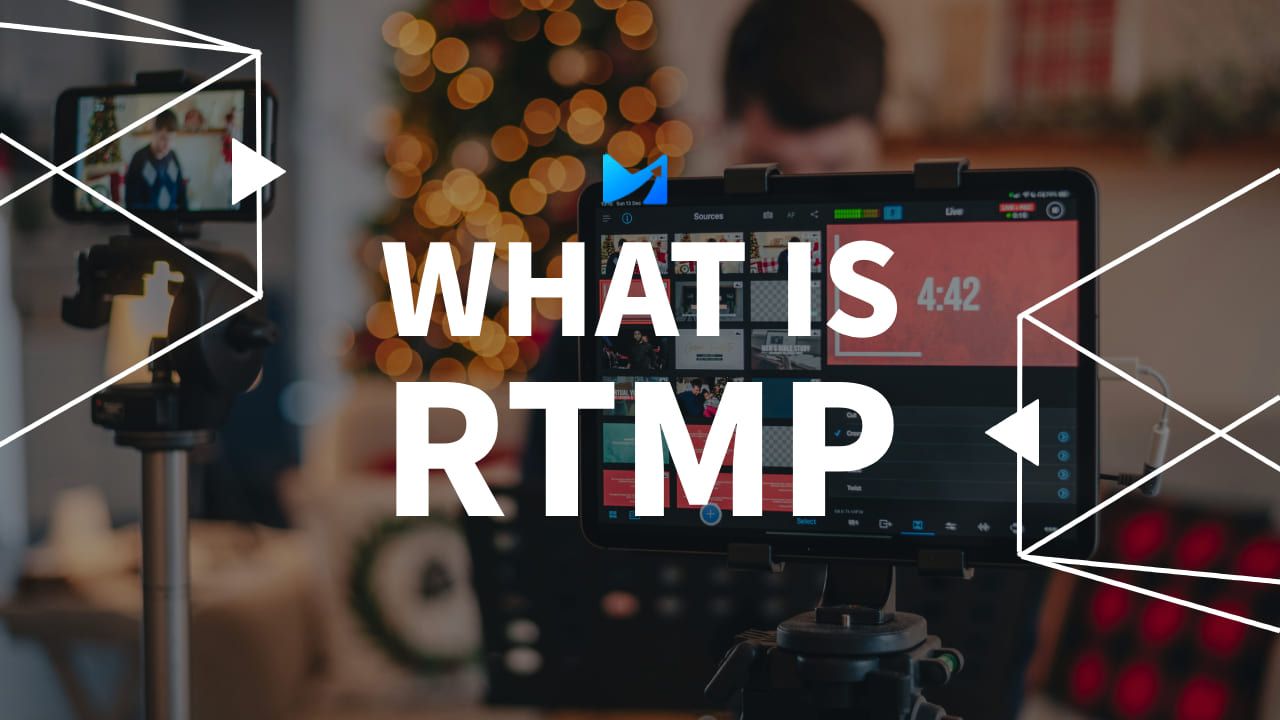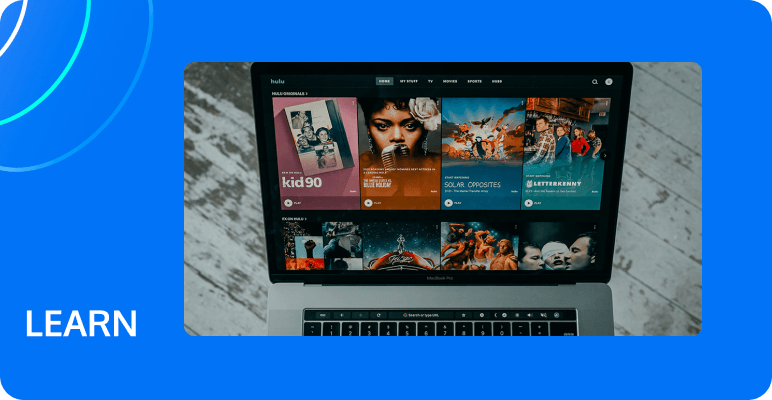RTMP Solutions: Instant Video Broadcast
The Real Time Messaging Protocol (RTMP) stands as a foundational technology in the real-time transmission of audio, video, and data over the internet. Developed for high-performance, RTMP has become indispensable in the realm of online video broadcasting, ensuring reliable stream transport and maintenance of quality in video content consumption.

Advantages of RTMP
RTMP's primary edge lies in delivering low-latency during live video streams, a critical feature for interactive applications where timely audience engagement is key, such as live gaming, auctions, or sports events. Another advantage lies in its Adaptive Bitrate (ABR) streaming capability, which dynamically adjusts the video quality according to the viewer's connection speed, circumventing buffering and enabling a seamless viewing experience. Moreover, RTMP is celebrated for its extensive compatibility, supporting a myriad of devices which include computers, mobile devices, and smart TVs, thus broadening content reach and viewer inclusivity.
How RTMP Works
The operational mechanics of RTMP involve several pivotal stages:
Handshake Initiation: The protocol initiates communication with a handshake, where the client and server exchange packets to confirm compatibility and prepare for a secure connection. This sets the stage for a reliable streaming session, addressing version compatibility and ensuring the subsequent data transfer is encrypted and synchronized.
Connection Negotiation: After the handshake, RTMP defines the specifics of the stream. The client's 'connect' command specifies parameters like the stream's URL and required codecs, which the server acknowledges, allowing for a tailored streaming setup. This phase lays down the groundwork for the type and quality of the interaction between client and server.
Stream Control: Now, the RTMP stream is active and user commands come into play. Through 'createStream', 'play', 'pause', and 'seek', the protocol gives users control over live stream playback, ensuring a responsive and interactive viewing experience.
Chunking for Continuity: RTMP sends data in small chunks to keep the stream smooth and buffer-free. These chunks are stamped with identifiers to ensure they're reconstituted correctly, keeping the audio and video in sync.
Control for Efficiency: RTMP employs control messages for stream upkeep, such as managing data flow and confirming receipt of chunks. These behind-the-scenes messages help maintain a stable and efficient streaming experience.
Adaptive Bitrate Management: The protocol adjusts stream quality in real time according to network conditions. This adaptive bitrate streaming prevents interruptions by switching to lower or higher quality streams as necessary, based on the viewer's connection speed.
Resilient Streaming: RTMP's design includes features to handle internet instabilities. It can recover from packet loss or reestablish dropped connections without restarting the stream, thus providing a resilient live streaming experience.
Variations of RTMP
RTMP has evolved to include several variations such as RTMPS, RTMPE, RTMPT, and RTMFP, each catering to distinct network environments and security requirements — from RTMPT's firewall traversal by encapsulating RTMP packets within HTTP requests to RTMPS's security enhancement by running over a TLS/SSL connection.
Understanding RTMP Encoding
A fundamental aspect of live video streaming is encoding, which transmutes raw video and audio signals into a digitally compatible format for efficient internet transmission. RTMP encoders compress the input to manageable sizes for streaming without compromising on quality, enabling viewers to enjoy live content even with limited bandwidth.
Essential RTMP Streaming Tools
Diverse tools like Wirecast, OBS Studio, and vMix have emerged as prominent RTMP-supporting live broadcasting software solutions, each offering its suite of features, from multi-camera inputs and overlay graphics to live mixing and video quality controls.
The Edge of Tencent MPS in RTMP
Tencent MPS elevates RTMP's conventional advantages, showcasing its prowess in high-definition video transmissions and low-latency optimizations, even pledging stable transmission amidst up to 60% packet loss.
Alternatives to RTMP
The streaming protocol landscape also presents alternatives like HLS, MPEG-DASH, and RTSP. Each protocol offers its benefits, whether it's HLS's device compatibility or DASH's adaptive bitrate video capabilities.
Conclusion
RTMP continues to be embraced for its real-time and wide compatibility features. Despite the rise of new technologies, RTMP remains a stalwart choice for broadcasters, thanks to its robust performance and extensive system integration potential.
FAQs
Q1: Can RTMP be used for non-live video streaming?
A1: While RTMP is predominantly used for live video streaming due to its low-latency characteristics, it can also be employed for streaming stored video content. However, other protocols like HLS might be more efficient for on-demand video due to adaptive bitrate streaming and better cache support.
Q2: Is RTMP secure for live streaming?
A2: RTMP can be made secure by using its variant RTMPS, which encapsulates the RTMP stream within a Transport Layer Security (TLS) or Secure Sockets Layer (SSL) connection, providing encryption and enhancing security against unauthorized access.
Q3: Do I need special software to stream with RTMP?
A3: Yes, to stream with RTMP, you would need encoding software or hardware that supports RTMP protocol. Popular software options include OBS Studio, Wirecast, and vMix, which allow for easy setup and management of live streams using RTMP.
You are welcome to Contact Us for more information.

